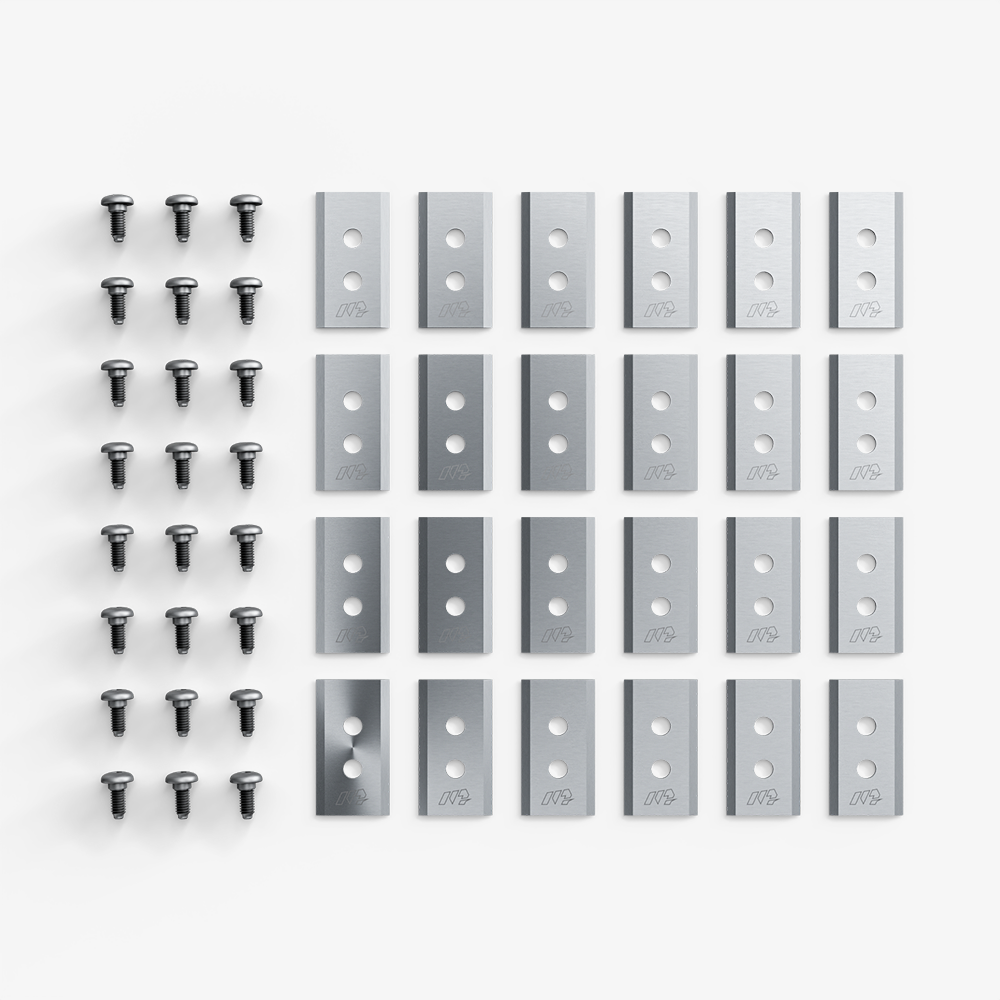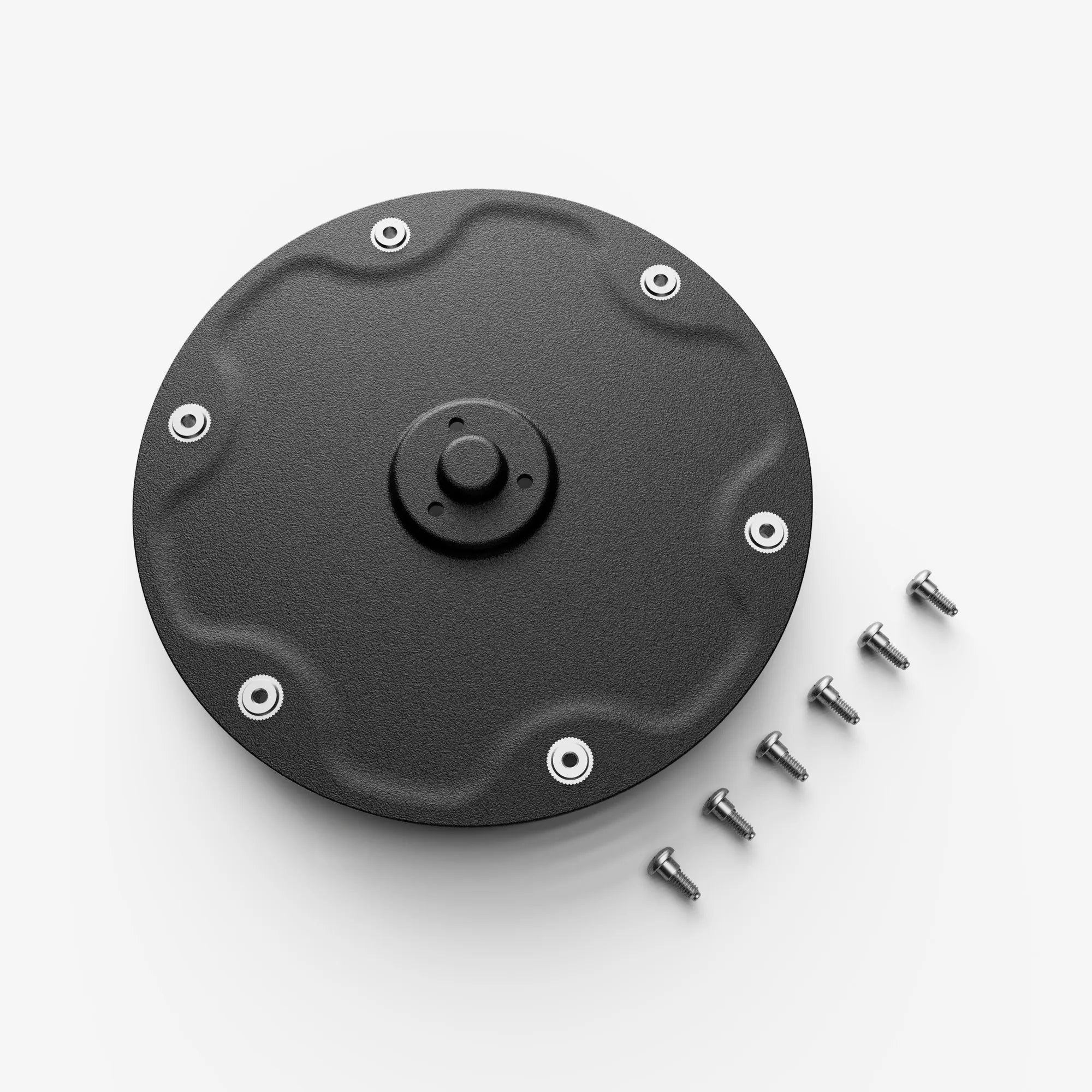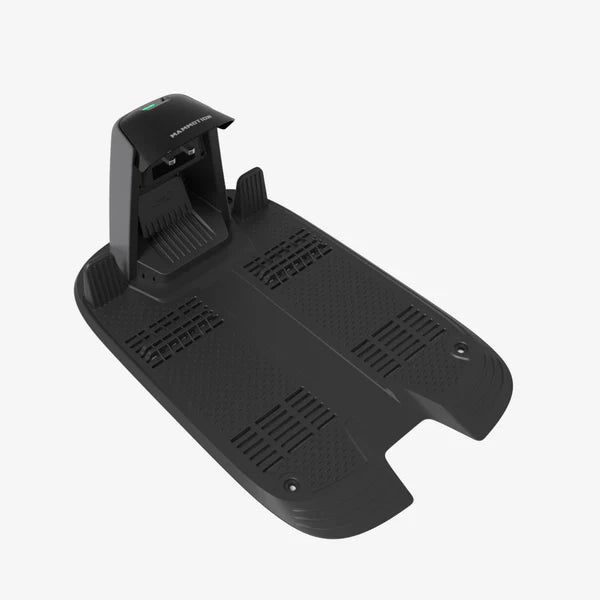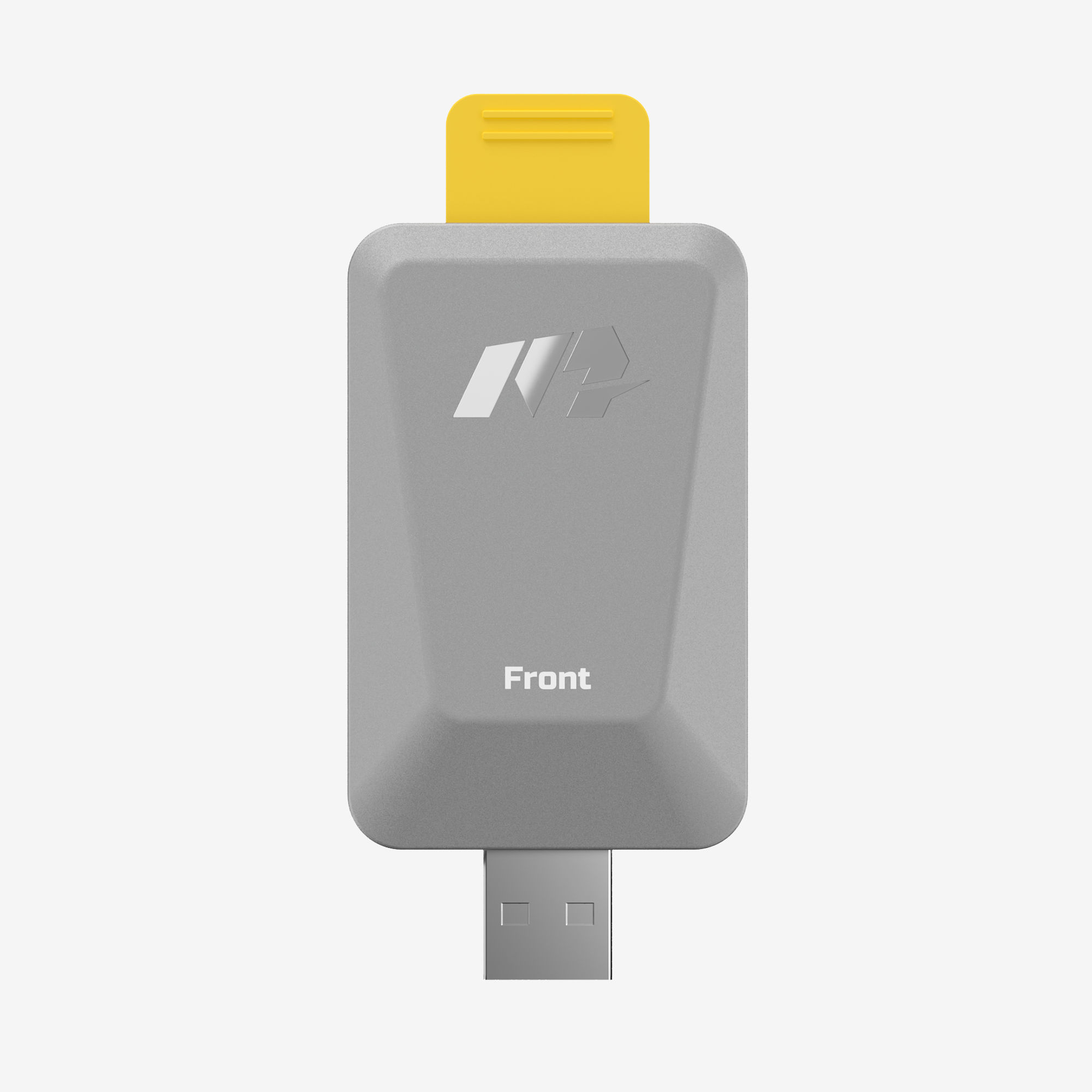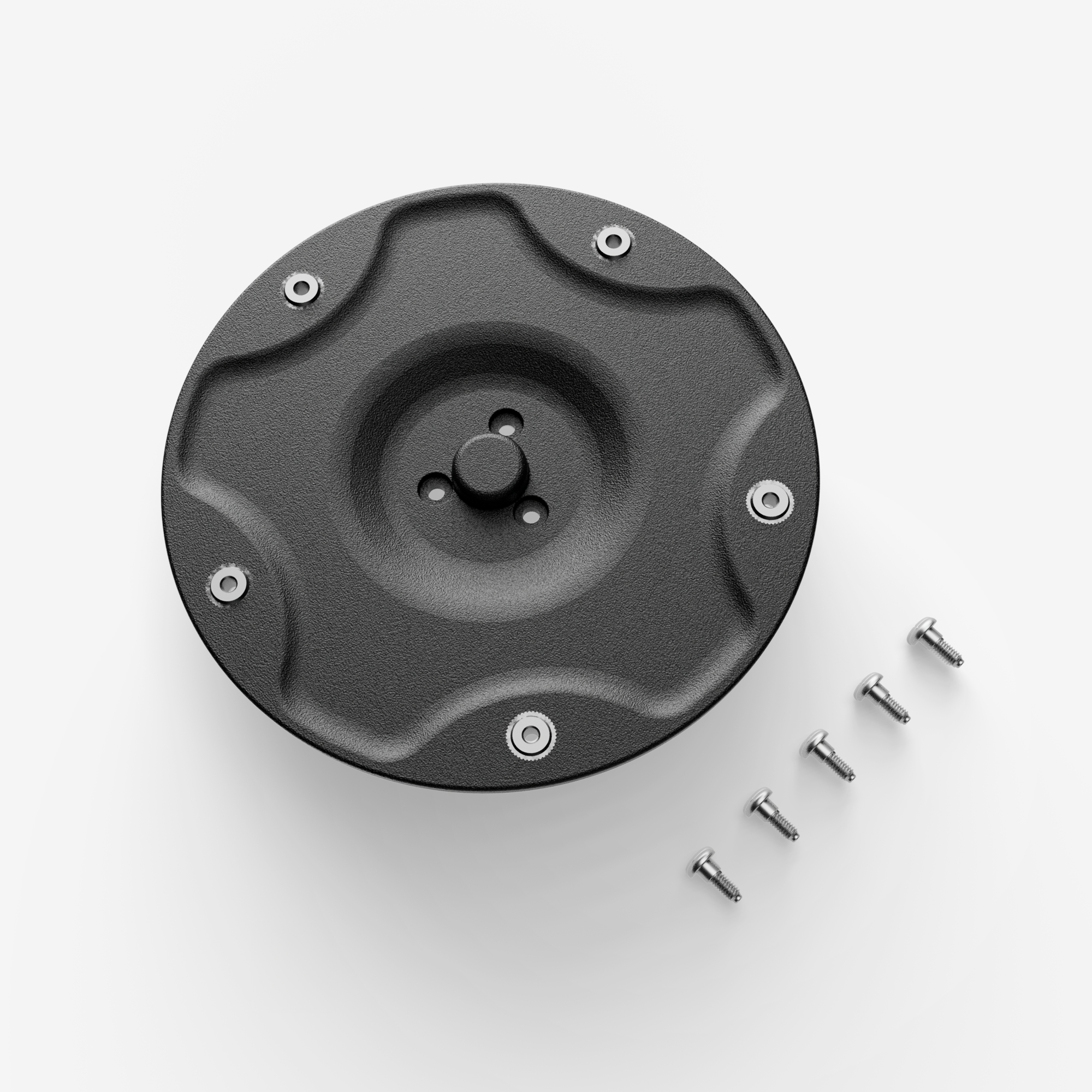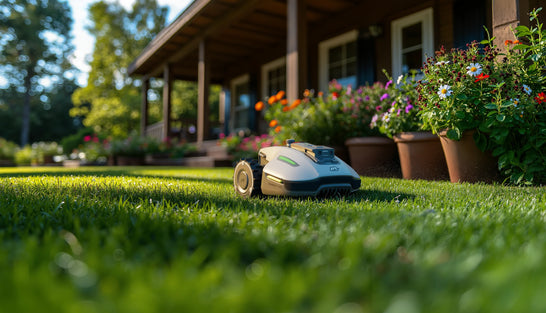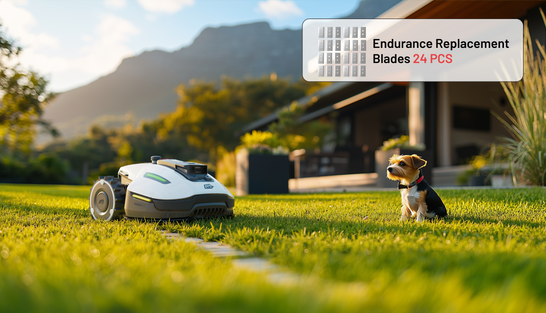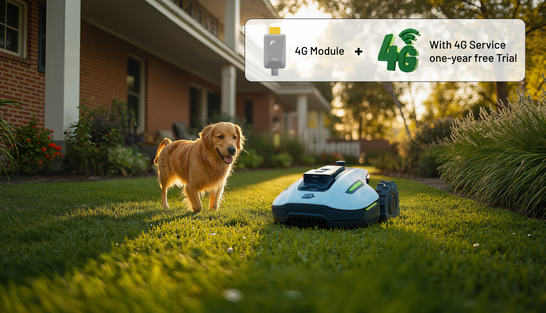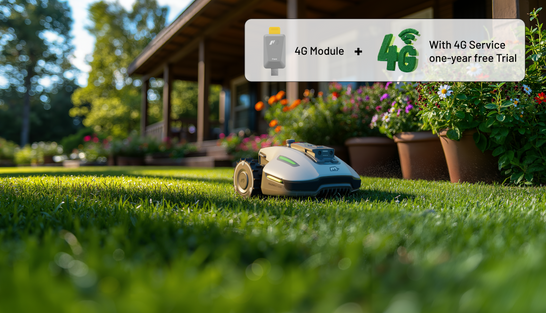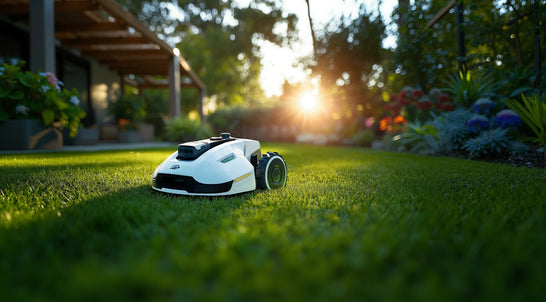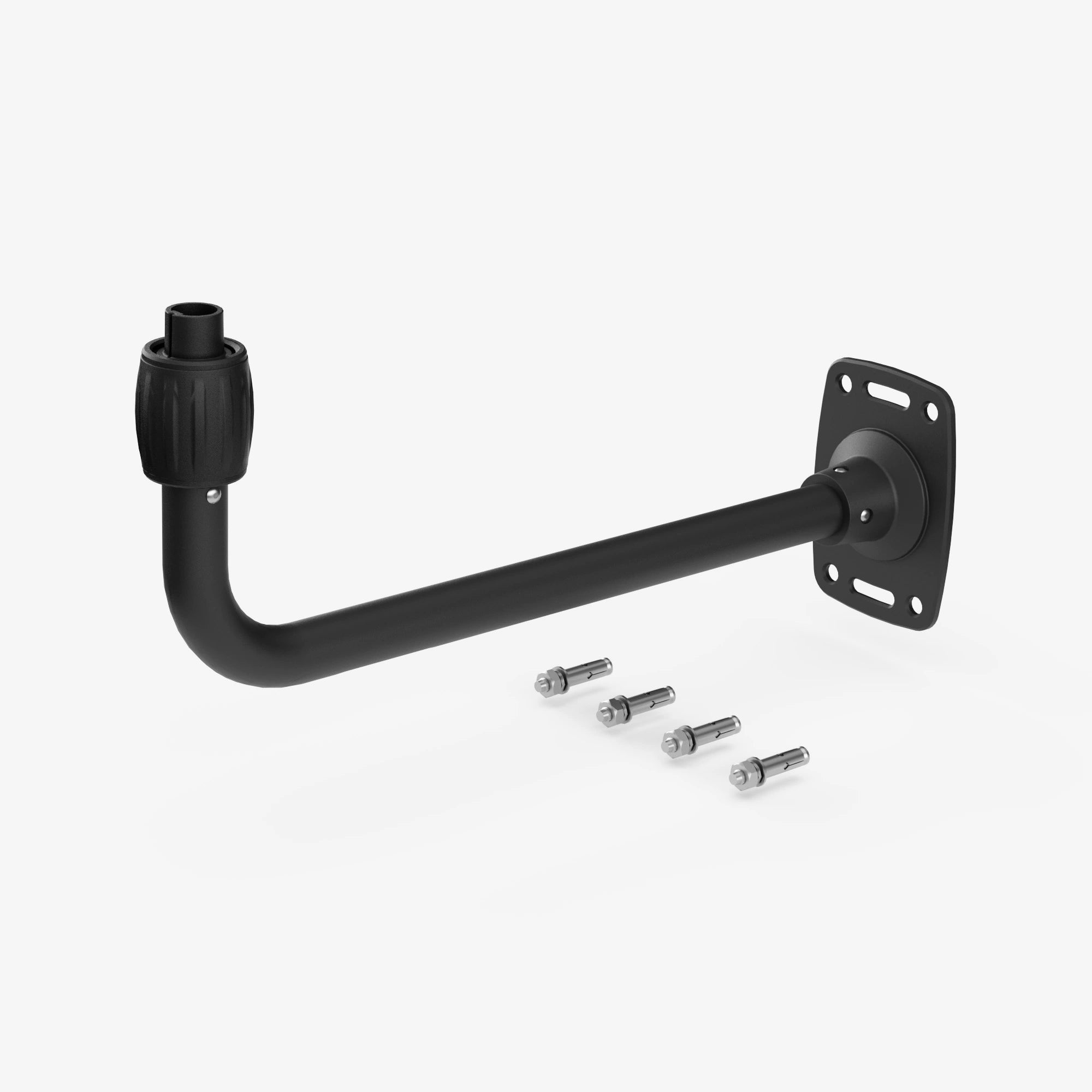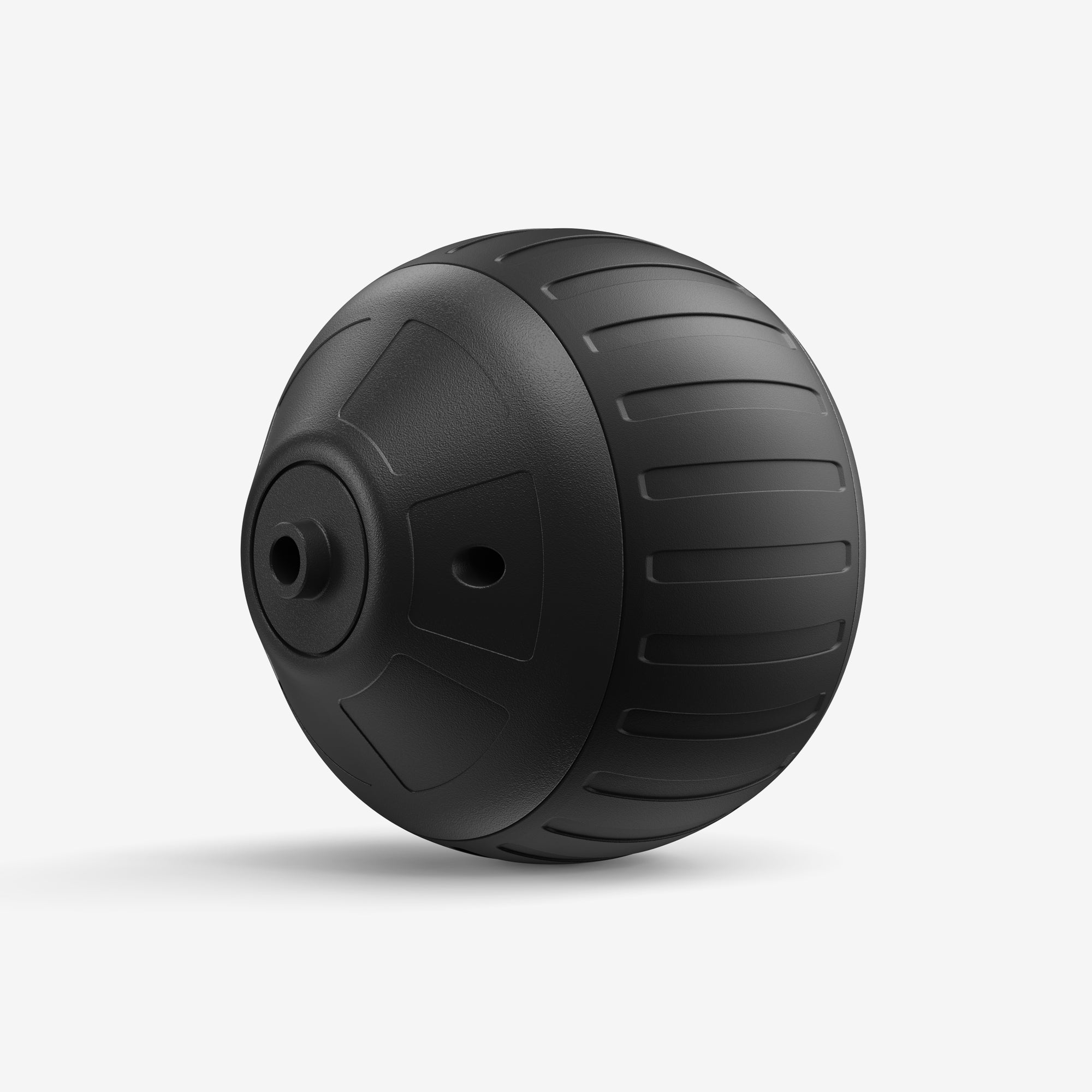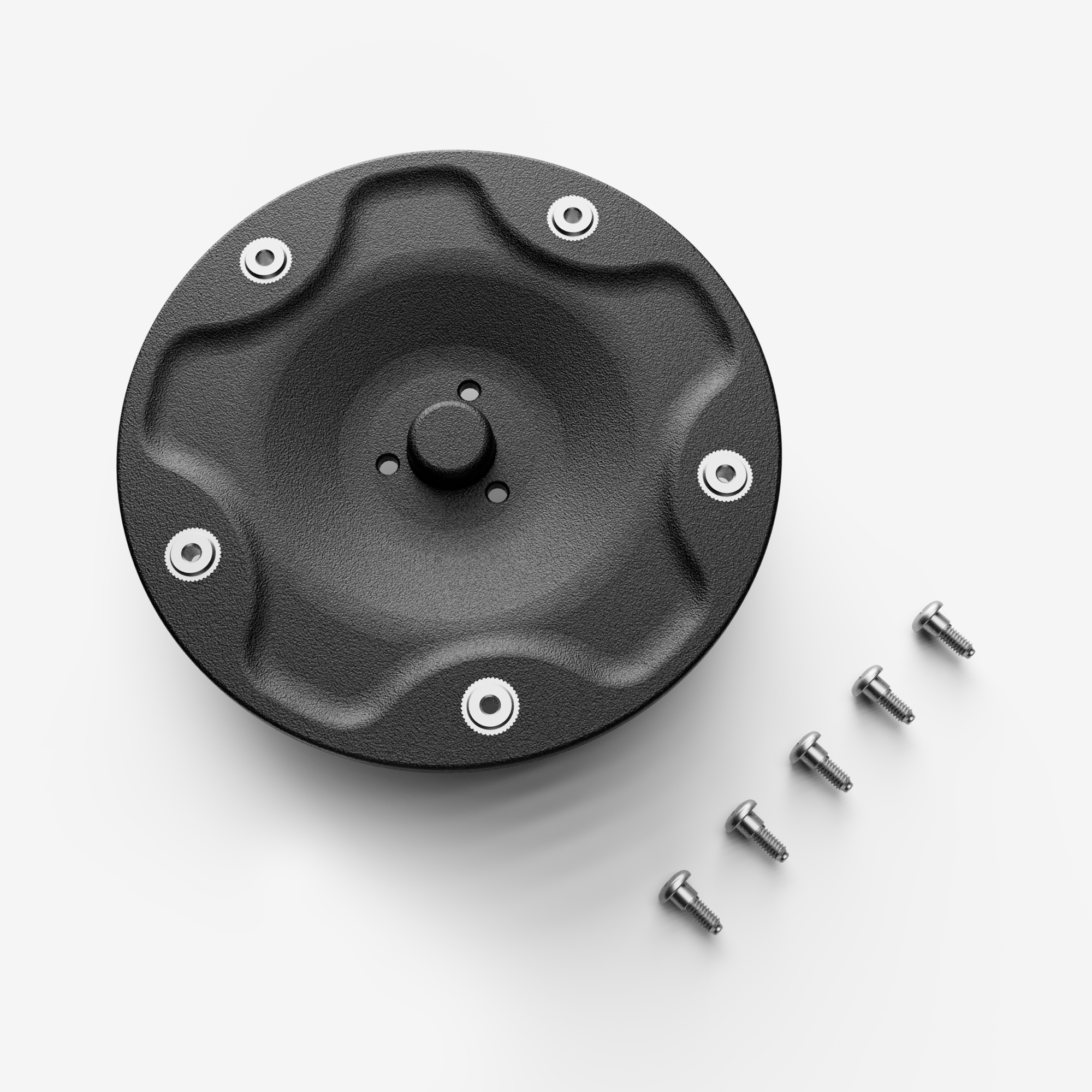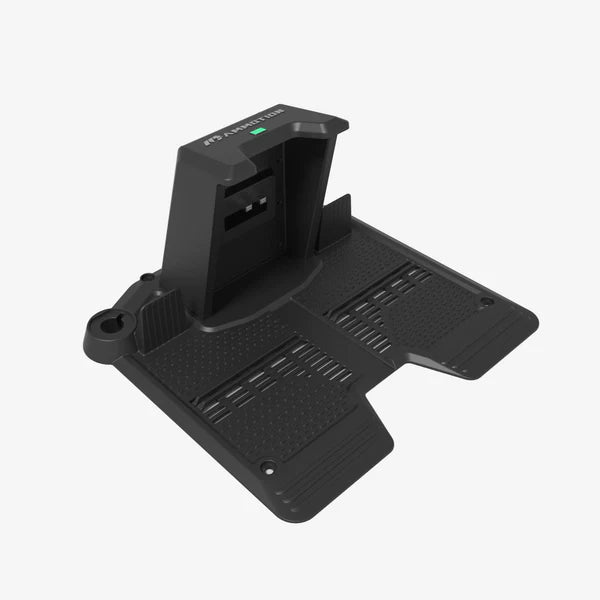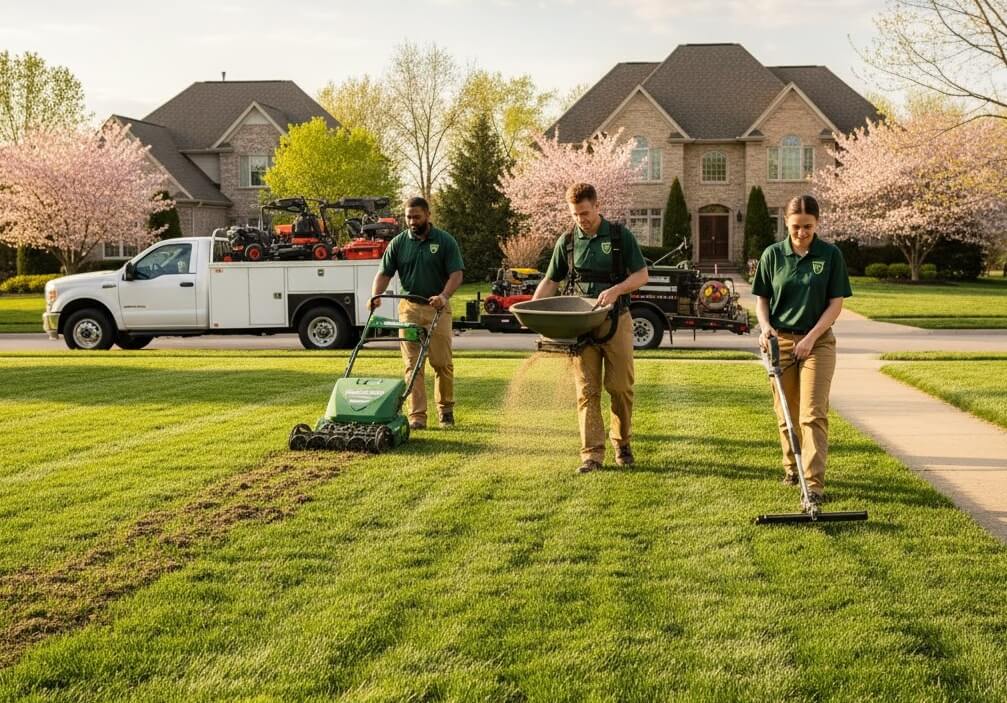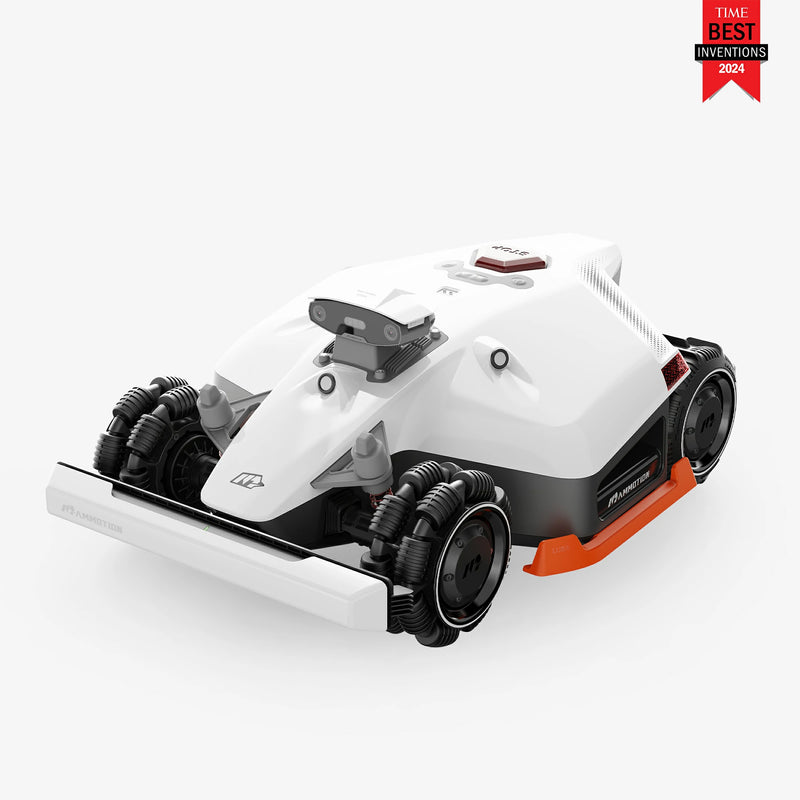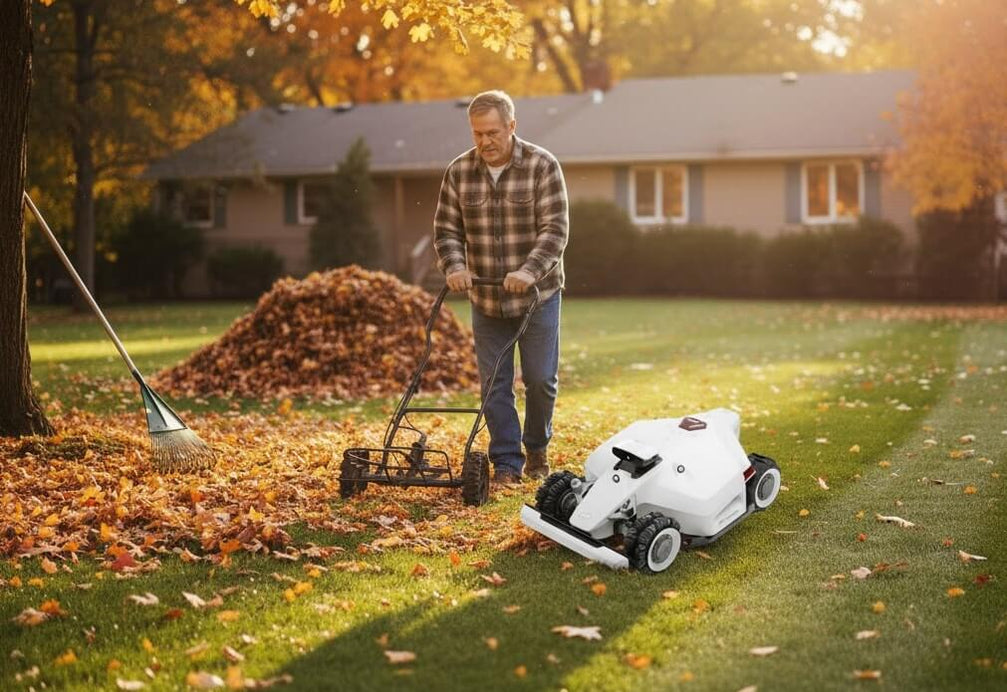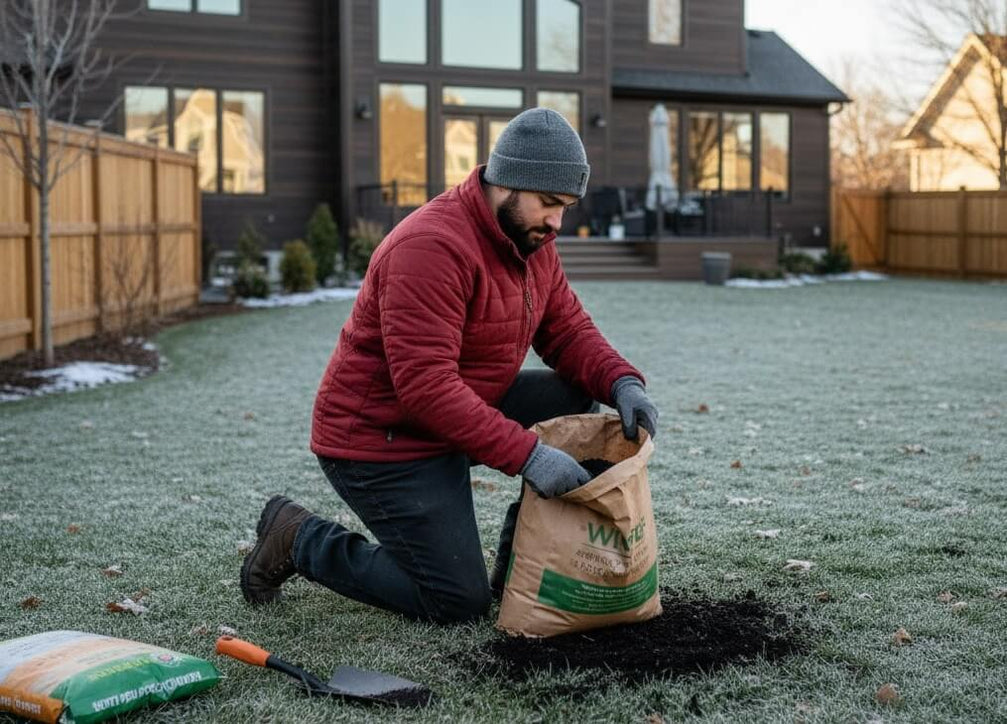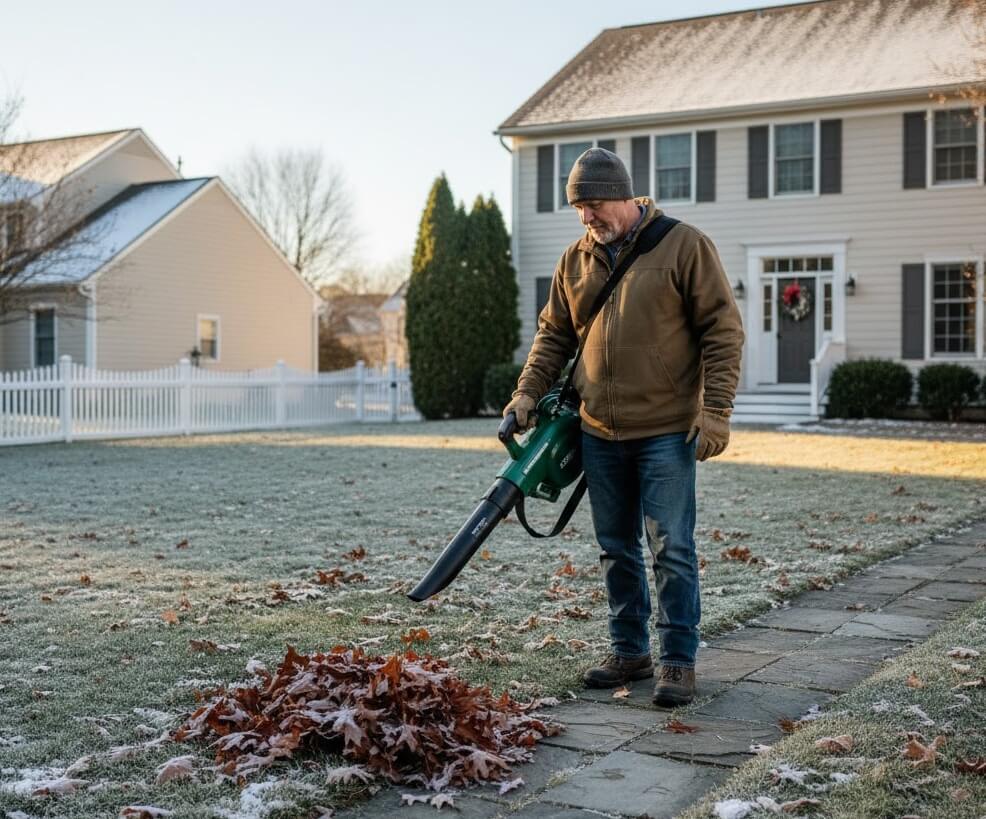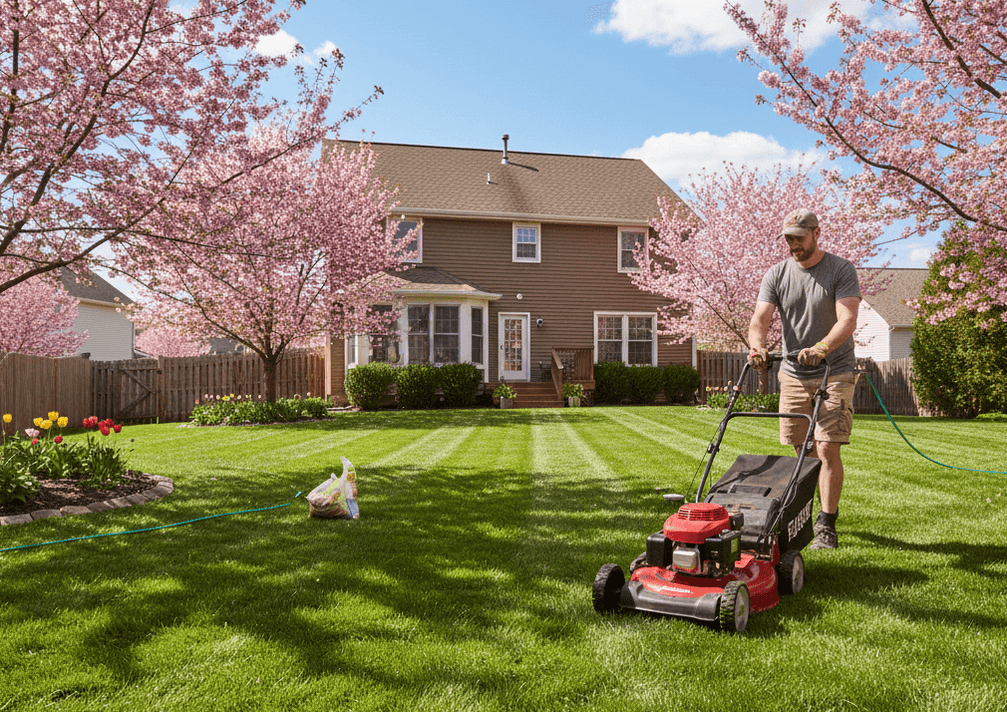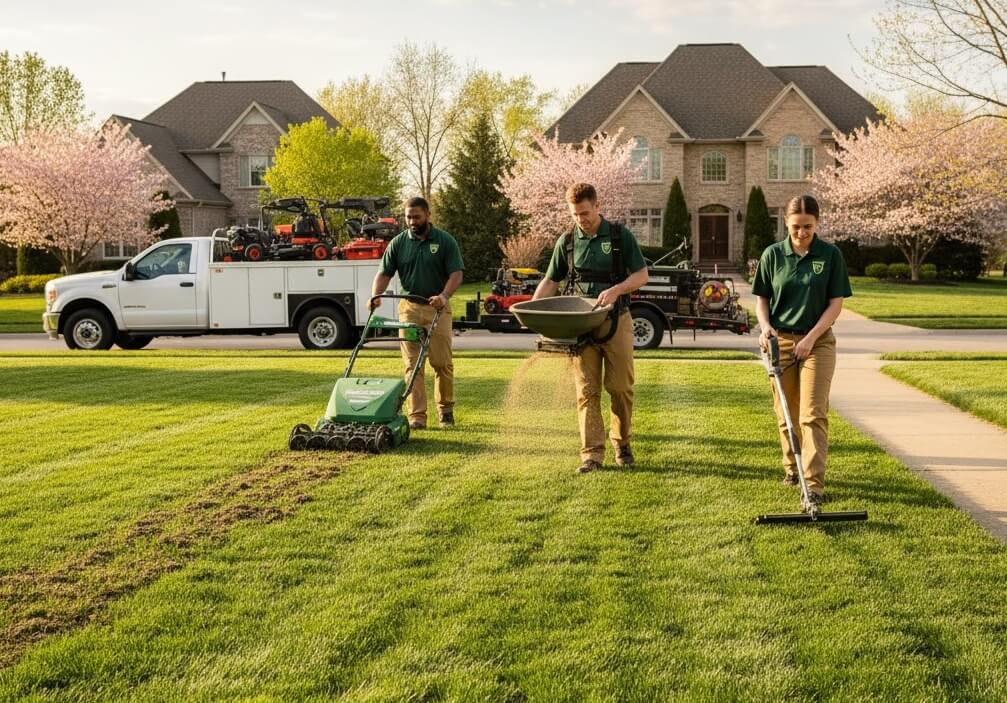Introduction to Lawn Care Costs
Lawn care cost varies widely based on yard size, service type, and regional labor rates, but most U.S. homeowners spend between $100 and $200 per month on basic maintenance. Understanding these prices helps you budget effectively and choose services that match your lawn’s true needs.
Definition of Lawn Care Services
Lawn care includes a broad range of services—from mowing and edging to fertilizing, aerating, weed control, and seasonal cleanup. Each task contributes to a healthy, attractive yard but comes with its own pricing structure.
Importance of Understanding Lawn Care Prices
Knowing how lawn care prices are set empowers homeowners to avoid overpaying and to recognize fair market value when comparing providers. Whether you’re maintaining a small suburban yard or managing a large property, gaining a clear picture of cost expectations is the first step toward smart, long-term lawn care planning.
Breakdown of Lawn Care Pricing
Lawn care prices depend on several core factors—yard size, terrain, frequency of service, labor rates, and regional demand. Across the U.S., routine lawn maintenance typically ranges from $50 to $200 per visit, but costs rise significantly with specialized treatments like aeration, fertilization, or pest control.
Factors Influencing Lawn Care Cost
The main elements shaping lawn care pricing include lawn size, grass type, and property complexity. Sloped or obstacle-filled yards take more time to service, increasing labor charges. Frequency also matters—weekly visits often cost less per session than one-time cleanups.
Other key cost drivers include equipment type, fuel and material costs, and local labor rates, which can vary widely between metro and rural areas. For example, mowing a one-acre lawn may cost $60 in parts of the Midwest but exceed $120 in high-demand cities.
Typical Lawn Care Services and Average Prices
Here’s a quick look at national averages:
- Basic mowing and trimming: $50–$150 per visit
- Fertilization: $80–$400 per treatment (depending on yard size and products used)
- Aeration: $80–$250 per service
- Overseeding: $100–$300
- Weed or pest control: $50–$150 per visit
Regional Variations in Lawn Care Prices
Prices fluctuate due to local climate, grass growth rates, and labor costs. Warm-weather states like Florida or Texas often require more frequent mowing, while northern states may pay higher hourly rates but schedule fewer visits. Always compare local quotes—regional pricing can vary by 30% or more across the U.S.
Average Lawn Mowing Costs in the U.S.
The average cost for professional lawn mowing in the U.S. typically falls between $30 and $65 per hour or $50 to $150 per visit, depending on lawn size, terrain, and service frequency. Smaller lawns cost less, while large or irregular landscapes require higher labor and time investments.
National Average Lawn Mowing Cost
Across most regions, homeowners spend about $123 per mowing visit, according to 2025 HomeAdvisor data. Routine mowing for a quarter-acre lot often runs $40–$80, while one-acre or larger properties can reach $150–$300 per cut. Biweekly service plans generally reduce per-visit costs, while one-time jobs are priced higher due to setup and travel expenses.
Lawn Size vs. Average Cost
|
Lawn Size |
Average Price per Visit |
Notes |
|
Small (<¼ acre) |
$40–$80 |
Ideal for small suburban lawns |
|
Medium (¼–½ acre) |
$60–$120 |
Most common U.S. residential range |
|
Large (½–1 acre) |
$100–$200 |
Includes trimming and edging |
|
Estate-size (1+ acre) |
$150–$300+ |
May require riding or commercial mowers |
Cost of Mowing Grass by Region
- Midwest and South: $40–$90 per visit (lower labor and equipment costs).
- Northeast and West Coast: $75–$150 per visit (higher wages and fuel).
- Seasonal demand plays a role—prices typically rise 10–15% during spring and early summer.
How Much to Charge for Lawn Mowing Services
- For professionals, fair pricing starts with a cost analysis:
- Labor: $20–$35 per hour per worker
- Equipment/fuel: $5–$15 per hour
- Overhead and profit margin: 10–20%
Using these benchmarks, a two-person crew working one hour might charge about $90–$120 per visit, aligning with national averages.
Lawn Care Cost Comparison: Professional Services vs. DIY
While professional lawn care often appears more expensive upfront, it typically saves time, prevents costly mistakes, and delivers consistent results. DIY lawn maintenance can reduce short-term spending but comes with hidden costs—equipment purchases, repairs, supplies, and the homeowner’s time investment.
Advantages of Hiring Lawn Care Services
Professional services provide expertise, efficiency, and reliability. Lawn technicians know the correct mowing height, fertilizer type, and seasonal schedule for your grass variety.
Most companies include equipment, fuel, and disposal in their rates, eliminating maintenance chores. For busy homeowners, this convenience and consistent quality often justify the added cost.
Detailed Lawn Care Cost Comparison:
|
Category |
Professional Service |
DIY Lawn Care |
|
Upfront Equipment Cost |
None |
$500–$3,500+ (mower, trimmer, tools) |
|
Average Monthly Cost |
$100–$200 |
$40–$70 (fuel, materials only) |
|
Annual Maintenance/Repairs |
Included in service |
$100–$400 (blades, oil, tune-ups) |
|
Time Spent |
None |
2–3 hours per week |
|
Risk of Errors |
Low (trained professionals) |
Moderate to high (improper treatment) |
Hidden Costs of DIY Lawn Care
DIY mowing may seem economical, but it rarely accounts for equipment depreciation, fuel, blade sharpening, and your time value. Misapplied fertilizer or uneven mowing can also damage turf, requiring costly reseeding or treatment. Over a year, these mistakes can exceed what a professional service would have charged in the first place.
Lawn Care Pricing Strategies
Lawn care companies use several pricing strategies—hourly, per-visit, per-square-foot, and seasonal contracts—each balancing labor, materials, and profit. Understanding these models helps you recognize fair quotes and ensures both homeowners and professionals achieve transparent, sustainable pricing.
How to Create a Lawn Care Pricing Chart
Professionals typically start by calculating their base labor rate, then add equipment, fuel, and overhead.
A simple formula:
(Labor Cost × Hours) + Materials + Overhead (10–20%) = Fair Service Price
Example: Two workers at $25/hour for two hours equals $100 labor. Add $15 in fuel and $10 overhead → $125 total service price.
This transparent approach helps standardize quotes and avoid undercharging.
Common Pricing Models in Lawn Care
- Flat-rate (per visit): Easy for small lawns or standard mowing routes.
- Hourly: Ideal for unpredictable or large projects.
- Per-square-foot: Common for fertilization or aeration (e.g., $0.01–$0.05/sq ft).
- Seasonal contract: Bundles multiple visits, offering predictable income and savings.
Seasonal and Market Influences on Pricing
- Spring and early summer bring peak demand, often raising rates by 10–20%.
- Off-season maintenance packages or early-bird contracts can secure lower prices.
- Regional market forces—like fuel cost spikes or labor shortages—also directly affect overall lawn care pricing trends.
How to Save on Lawn Care Costs
You can reduce lawn care costs by combining services, scheduling strategically, and selectively automating repetitive tasks. Using tools like robotic mowers can lower recurring mowing expenses, reduce labor time, and help maintain a consistent, healthy lawn without compromising quality.
Bundle Services and Plan Ahead
Bundling mowing, trimming, and seasonal fertilization often lowers the per-visit price. Planning treatments in advance and negotiating multi-service or seasonal contracts can also reduce costs. Simple DIY tasks like edging, leaf removal, or light watering can complement professional services without requiring full-time labor.
Use Quality Materials and Equipment
Investing in high-quality fertilizer, seed, and tools may have higher upfront costs but reduces repeat applications and long-term expenses. Proper storage and regular maintenance of equipment prevent premature wear, keeping replacement costs lower.
Robotic Lawn Mowers as a Cost-Saving Option
Robotic mowers, such as Mammotion models, represent a long-term investment that can cut monthly mowing fees. While retail prices range from $800 to $5,000+, these devices reduce labor costs, operate quietly on schedule, and require minimal maintenance. Homeowners can calculate ROI by comparing the upfront cost to the cumulative annual mowing fees—often achieving payback in a few years depending on yard size and service frequency. Key considerations include battery life, runtime, and safety features to maximize value and efficiency.
Conclusion: Making Informed Lawn Care Decisions
Making smart lawn care decisions requires balancing your yard’s needs, budget, and available time. Comparing professional services, DIY approaches, and automation options helps you select the most cost-effective and practical solution for maintaining a healthy, attractive lawn year-round.
Finding a Reliable Lawn Care Provider
Always check references, proof of insurance, and service history before hiring. Reliable providers follow scheduled maintenance plans, use appropriate fertilizers, and ensure quality mowing and trimming practices.
Gather Multiple Quotes
Request at least three quotes for the same scope of work to identify fair market rates. Comparing line-item pricing and seasonal packages helps avoid hidden costs and ensures transparency.
Weigh Long-Term Value
Consider not just upfront cost but ongoing benefits. Automated solutions like robotic mowers, bundled professional services, or strategic DIY can save both money and time while preserving your lawn’s health over the years.
Frequently Asked Questions
1. How much should I expect to pay monthly for lawn care?
Monthly lawn care costs vary based on yard size, services, and region. On average, homeowners spend $100–$200 per month for routine mowing, trimming, and fertilization. Specialty treatments like aeration or overseeding may increase monthly averages temporarily.
2. Is it cheaper to DIY or hire a professional?
DIY can save money upfront but carries hidden costs: equipment purchase ($300–$3,500+), fuel, maintenance, and time investment. Professionals provide expertise, reliability, and bundled services that may offset the higher per-visit price.
3. How often should I schedule mowing?
Mowing frequency depends on grass type and season. Most lawns require weekly mowing during peak growth (spring/summer) and biweekly or monthly in slower-growing months. Adjust height to promote healthy turf and prevent stress.
4. What’s the average cost to install sod or seed?
Sod installation ranges from $1,500–$5,000+ per 1,000 sq ft depending on quality and prep work. Seeding is less expensive, typically $100–$300 per 1,000 sq ft, but may take longer to establish.
5. Are robotic mowers worth it?
Robotic mowers, such as Mammotion models, cost $800–$5,000+ but can reduce recurring mowing fees, save time, and maintain consistent lawn height. ROI depends on yard size, service frequency, and local mowing costs.
6. What questions should I ask a lawn care provider?
Ask about insurance, references, scope of services, chemicals used, pricing model, and scheduling. Request written estimates and verify cancellation policies to avoid surprises.



